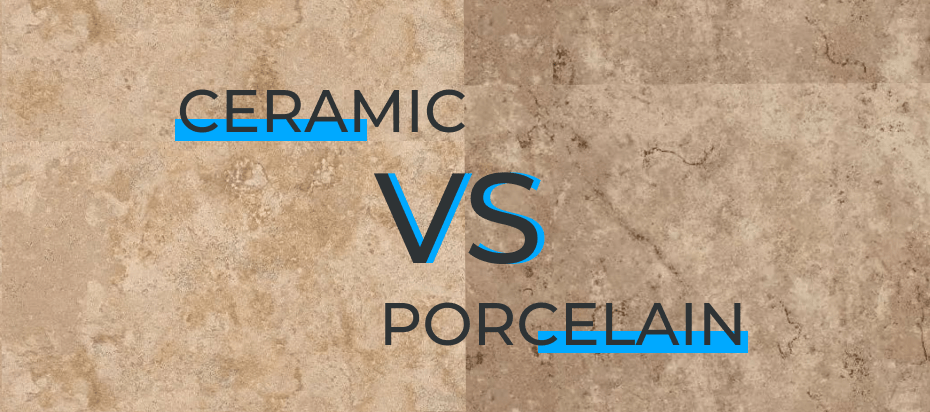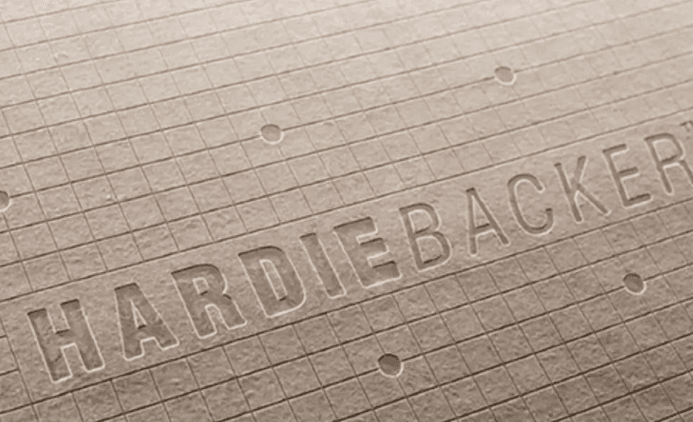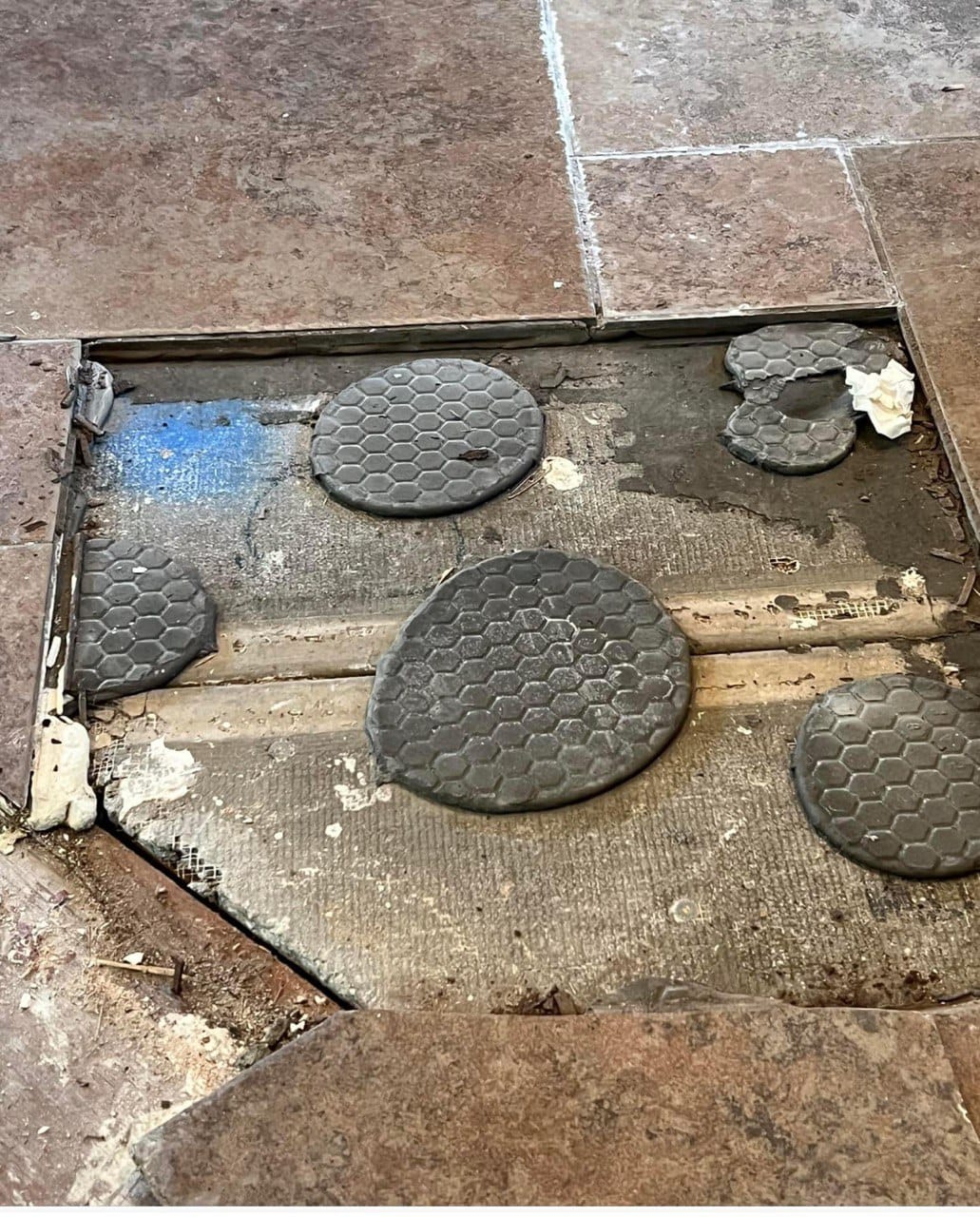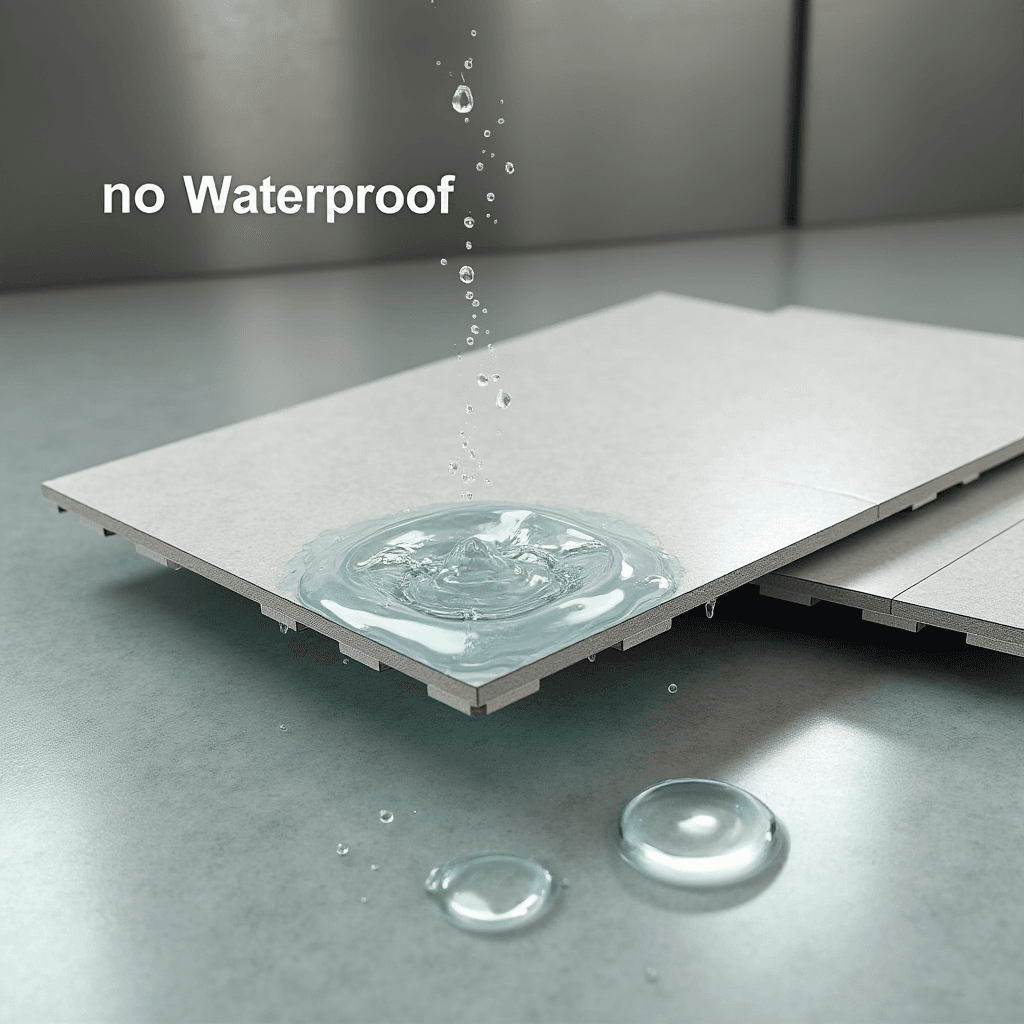
Ceramic vs. Porcelain: Choosing the Right Tile for Every Room?
When it comes to tiling your home, the age-old debate of ceramic versus porcelain tiles often leaves homeowners scratching their heads. Both options have their merits, but choosing the right tile for each room can make a world of difference in terms of durability, aesthetics, and maintenance. Let’s dive into the world of tiles and uncover the secrets to making the perfect choice for every space in your home.
Understanding the Basics
Before we compare ceramic and porcelain tiles room by room, it’s essential to understand their fundamental differences. Ceramic tiles are made from natural clay, minerals, and water, fired at high temperatures. Porcelain tiles, on the other hand, are a type of ceramic tile made from more refined clay and fired at even higher temperatures. This results in porcelain being denser, less porous, and generally more durable than standard ceramic tiles.
Kitchen: The Heart of the Home
In the kitchen, where spills and heavy foot traffic are common, porcelain tiles reign supreme. Their low water absorption rate (less than 0.5%) makes them highly resistant to stains and moisture. Opt for through-body porcelain tiles, where the color and pattern run throughout the tile, making chips and scratches less noticeable. For a modern look, large-format porcelain tiles can create a seamless appearance, reducing grout lines and making cleaning a breeze.
Bathroom: Moisture Maven
When it comes to bathrooms, both ceramic and porcelain can work well, but porcelain edges out the competition. Its superior water resistance makes it ideal for shower floors and walls. However, if you’re tiling a guest bathroom that sees less frequent use, ceramic tiles can be a more budget-friendly option without compromising on style. Just be sure to properly seal ceramic tiles in wet areas to enhance their water resistance.
Living Room: Style Meets Practicality
In living areas, the choice between ceramic and porcelain often comes down to aesthetics and budget. Ceramic tiles offer a wider range of colors and patterns, making them perfect for creating statement floors or accent walls. However, if your living room sees heavy foot traffic or you have pets, porcelain’s durability might be the better choice. Consider wood-look porcelain tiles for a cozy feel that’s easier to maintain than hardwood.
Entryway: First Impressions Matter
Your home’s entryway takes a beating from outdoor elements and foot traffic. Here, porcelain tiles are the clear winner. Their scratch and stain resistance will keep your entryway looking pristine for years to come. Choose textured porcelain tiles to provide better traction when wet, reducing the risk of slips and falls.
Outdoor Spaces: Weathering the Elements
For patios, pool decks, and other outdoor areas, frost-resistant porcelain tiles are the way to go. Their low porosity makes them highly resistant to freeze-thaw cycles, preventing cracks and chips. Look for tiles with a slip-resistant surface to ensure safety around wet areas.
Installation Considerations
While choosing between ceramic and porcelain tiles, keep in mind that porcelain is generally harder to cut and install due to its density. This may result in higher installation costs. However, the long-term benefits often outweigh the initial investment, especially in high-traffic or moisture-prone areas.
Maintenance Matters
Both ceramic and porcelain tiles are relatively low-maintenance, but porcelain’s imperviousness to water makes it easier to clean and less likely to stain. For ceramic tiles, especially in wet areas, regular sealing is crucial to maintain their water-resistant properties.
The Final Verdict
While porcelain tiles seem to have the upper hand in most scenarios, ceramic tiles still have their place in home design. They offer more design flexibility and can be an excellent choice for low-traffic, dry areas where budget is a concern.
Ultimately, the right choice depends on your specific needs, budget, and design preferences. By considering the unique requirements of each room and weighing the pros and cons of ceramic and porcelain tiles, you can create a beautiful, durable, and functional tiled surface throughout your home. Remember, whichever type you choose, proper installation and maintenance are key to ensuring your tiles stand the test of time.


